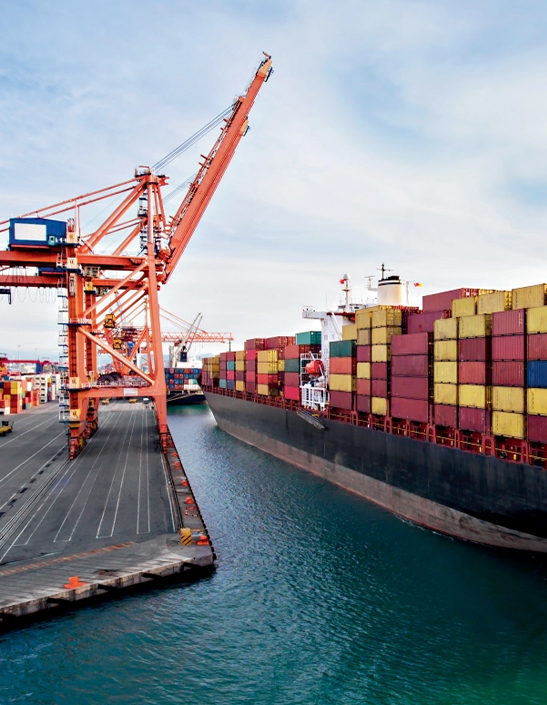Importing and Exporting Oil
Importing and exporting oil is a crucial aspect of the global energy industry. Oil is a valuable commodity that is used for various purposes, including transportation, electricity generation, and the production of petrochemical products. Here’s an overview of how the import and export of oil work:


Exporting Oil
Importing and exporting oil is a crucial aspect of the global energy industry. Oil is a valuable commodity that is used for various purposes, including transportation, electricity generation, and the production of petrochemical products. Here’s an overview of how the import and export of oil work:
